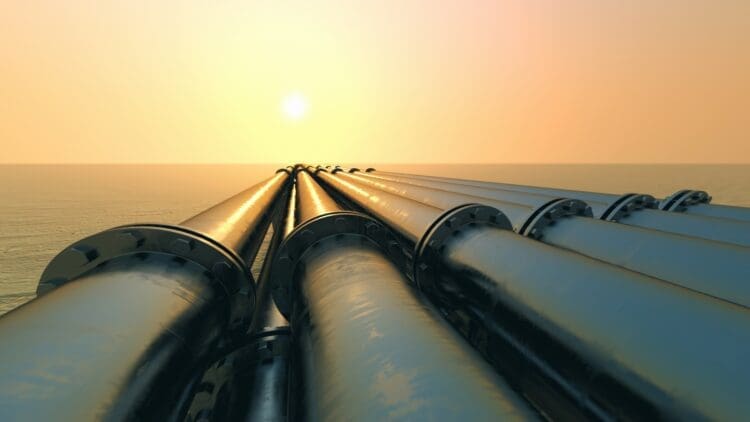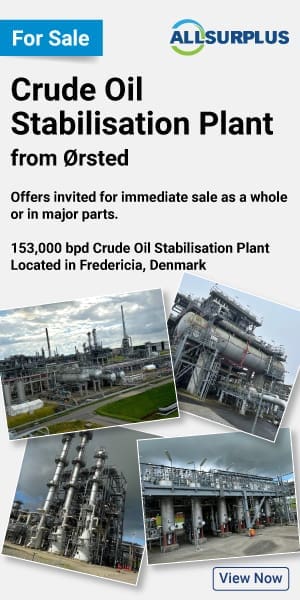In the energy industry, developing large-scale projects is never an easy task, but through strategically planned partnerships and cooperation between nations, building astonishingly huge projects can become a reality. Africa has long been overshadowed by the rest of the world in the energy sector; no more. The Nigeria-Morocco gas pipeline has entered the first phase of construction and is a marvel of cross-border cooperation as the vast pipeline stretches through 13 African countries.
The $25 billion energy pipeline has entered the first phase of construction
The pipeline has become known as the African Atlantic Gas Pipeline (AAGP), and is jointly being led by Morocco’s National Office of Hydrocarbons and Mines (ONHYM) and the Nigerian National Petroleum Company Limited (NNPCL). The astonishingly large project forms part of a broader strategy by Morocco that aims to foster trade between Atlantic-facing African nations and the rest of the world.
The pipeline will span 4225 miles and pass through a multitude of West African nations on its way to Morocco, which then will connect the energy to an existing pipeline that feeds Europe. The pipeline will start in Nigeria, and pass through several African nations, including:
- Benin
- Togo
- Ghana
- Côte d’Ivoire
- Liberia
- Sierra Leone
- Guinea
- Guinea-Bissau
- Gambia
- Senegal
- Mauritania
Additionally, the pipeline will provide gas to three landlocked African nations, namely Niger, Burkina Faso, and Mali. Once complete, the African Atlantic Gas Pipeline is expected to transport 30bn cubic metres (bcm) of gas annually. The project will be completed in phases, with the first one being the construction phase, which Morocco has recently stated kicked off.
The African Atlantic Gas Pipeline has been a long time coming and has the backing of the UAE
The project first got approved in December 2024, at the 66th summit of the Economic Community of West African States (ECOWAS). At the summit, government leaders of all the nations involved agreed on their specific roles and responsibilities in the project.
At a recent meeting in Rabat, Morocco’s Minister of Energy Transition, Leïla Benali, announced the start of the first construction phase, which signals the shift from planning to actual on-the-ground implementation. Moreover, the project will provide electricity access to more than 500 million people via gas-to-power projects, enabling industrial development support as well as the transport of green hydrogen from Morocco to Europe.
The United Arab Emirates has been keeping a close eye on the African Atlantic Gas Pipeline
The UAE has stated that it will provide financial support for the new pipeline, estimating that the costs will reach an eye-watering $25 billion. The UAE has been searching for international projects that could strengthen its standing in the energy sector beyond its own borders. The project comes off the back of another African pipeline that has neared completion.
“Morocco has completed all preliminary feasibility and engineering studies for the planned gas pipeline that will connect Nigeria to Morocco. As for finance, the project has won the support of IDB, OPEC Fund, EIB and the UAE. ” – Morocco’s Minister of Energy Transition Leïla Benali
Africa is taking its energy sector by the hand and leading it into a new era
For far too long, Africa has been in the shadow of the larger nations that have exceedingly vast energy projects. Thankfully, Morocco and the litany of West African nations that the African Atlantic Gas Pipeline passes through have taken their energy future into their own hands. Other African nations are stepping up to the plate and developing cross-border projects that could redefine the African energy market as it aims to compete with Europe and the United States. With the pipeline entering the imminent construction phase, the work has only just begun.





